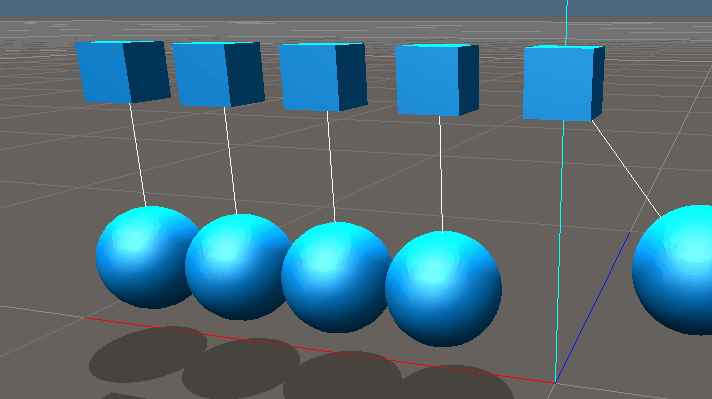My understanding of physics is pretty weak these days, and I am trying to understand what should happen in simple 2d simultaneous elastic collisions of objects in a few toy theoretical cases (ignoring things like real world back and forth micro collisions, spin etc):
1) Object A hits an immovable wall W, as object B hits A, and as object C hits B
W C
| |
A – B
2) Object A hits an immovable wall W, as object B hits A, and as object C hits A
W C
| /
A – B
I vaguely remember something about not being able to use conservation of momentum/energy for more than two objects without additional restrictions as you end up with not enough equations with respect to the number of unknowns.
In case (1) as it is a chain of instantaneous collisions is it somehow correct to reflect the momentum of A off W, then use momentum conservation to pairwise solve between the modified A and B, and then B and C?
Case (2) I am not really sure of at all. Also I don't know if it makes sense to somehow think of the moving objects as one composite object at the instant of collisions with their composite momentum against the wall, then somehow redistribute that reflected off the wall composite momentum back among the objects?
As there isn't such a thing as an immovable wall, then I think I have to model the wall collision as the wall applying an instant force to the colliding object. Where the force is calculated pretending the colliding object has zero mass (so the wall doesn't get the tiny movement in reality it should), using the pairwise momentum/kinetic energy formulas.









